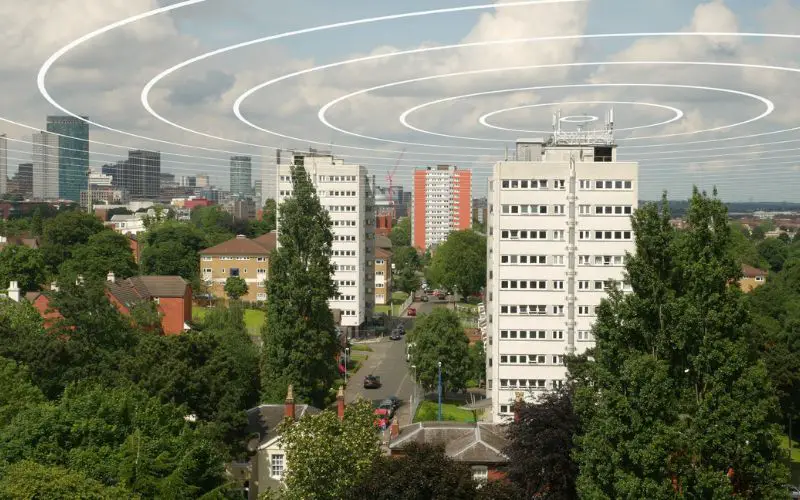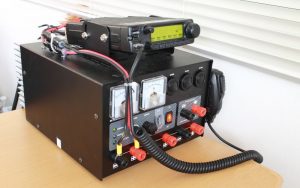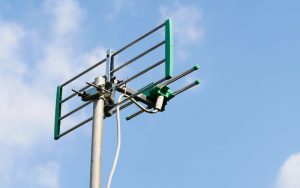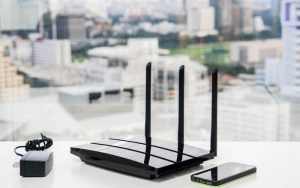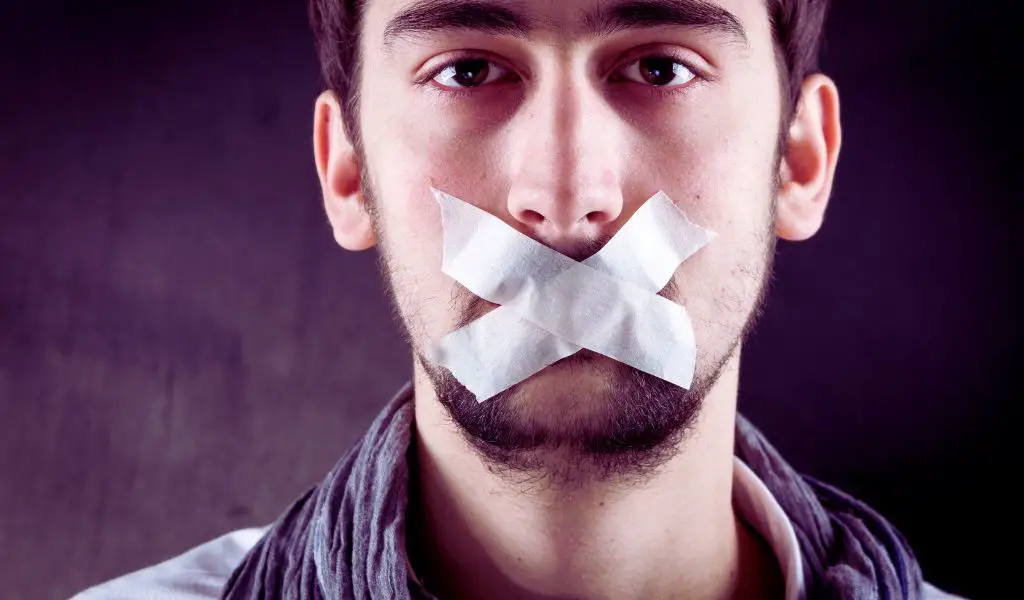One of the great things about using ham radio is that you can literally speak to anyone, anywhere.
As you listen to the bands you will hear people calling CQ, trying to initiate conversations and contacts, which you can answer.
What if you want to call CQ yourself, what’s the best way to do it and what can you expect?
Calling CQ on ham radio is a way of discovering who is out there and where you can be heard. A good CQ call tells listeners who you are and that you wish to be replied to by them. By calling CQ you are effectively saying that you are available for a chat and please call me back.
What is the right way to call CQ?
A good way to understand the correct way to call is to spend sometime listening to the various ham radio bands.
Most radio amateurs spend a large proportion of their time in ‘listening mode’ as opposed to transmitting, and this is very true of beginners to the hobby.
It’s a great way to develop an understanding of what is required.
Different bands may call for different styles of CQ calls and, as you move around and listen to different operators from different parts of the world, you will begin to hear differences in their calls.
|For example – on the VHF and UHF frequencies there are normally specific calling channels where you broadcast your CQ call and, when you get a reply you move to another, clear channel – so you only normally need to broadcast a short call.
On the HF bands there are no calling channels so, you choose a clear frequency and begin your CQ broadcast.
While on HF you will need to broadcast for longer to allow listeners to tune into your signal and respond.
A typical CQ call on HF might resemble something along these lines:
“CQ CQ CQ this is K0WSD ( your callsign ) calling CQ on 20meters ( or whichever band you are on)” – you’ll look to repeat this around 3 times before pausing and listening for any responses.
If you get a reply then great – you can begin your conversation with the caller, but, if not you can then begin your CQ call again.
CQ calls during contests
During a contest you’ll be looking to make as many contacts as possible so a lengthy CQ call may hinder your time and number of contacts.
A short CQ message would be appropriate and, given that your frequency will be busy, should not pose too much of a problem for those tuning into you.
How is a CQ call constructed?
Simply put the CQ call is in two parts:
- CQ – the first bit is the CQ call. For a general all stations type call where you’re looking to speak to anyone you’ll just call “CQ”. If you are seeking a contact in a particular part of the world, for example Canada, just add that detail to the CQ call, for example “CQ Canada” or “CQ Canada only please”.
- Your call sign – you must always add your callsign to your CQ calls, and must do so clearly and correctly. There are some operators that rush this part of the call, or don’t say their callsign clearly – this makes it tricky for the listener who will often ignore the call and move on.
Can CQ calls be adapted?
Calls can be slightly adapted to suit your style of operating. For example instead of “CQ CQ this is K0WSD” on HF you might say “calling CQ, this is K0WSD, it’s a great day here on the west coast”.
A small change but it may help the listener identify you from others that are around.
Can you give some examples?
Let’s list a few examples:
General CQ call: “CQ this is K1WSD calling CQ” – try repeating three times before pausing.
Canada only CQ call: “CQ Canada this is K1WSD”.
^you may add information to your CQ call to help the listener identify you.
DX, or long distance calling: “Calling DX this is K1WSD” – again try repeating three times before pausing.
On HF, where there are no specific frequencies for CQ calls you will need to wait between your repeats so that other operators have a chance to hear you clearly.
For DX, or to ensure the listener knows you are operating from a distance it’s good practice to say where exactly you are making your call from – for example “calling DX this is K1WSD, I’m at my station in Kihei on the beautiful island of Maui Hawaii”.
How should the end of a CQ call be said?
You will normally end your CQ message with the word “over”, when you do this, indicate to the listener that they should begin their transmission.
So, in the example of a Canada only CQ call – after repeating three times say “CQ Canada this is K1WSD” and then wait for a reply.
If you get one, great – say your callsign and then carry on with your contact.
If you do not get a reply, but feel that there were stations listening, try again – use the same CQ call and just continue to repeat it until you are acknowledged or move on to another frequency to make other contacts.
Remember, when you end your CQ call with “over” this indicates that the listener should begin their transmission.
If they do not, you can politely remind them to do so by saying “your turn please”.
If you are in a contest remember to keep your CQ calls brief – one line only with the relevant information i.e. your callsign, CQ call type and the fact that you are looking for contacts in a particular part of the world.
Some CQ hints and tips
Always:
- Use the phonetic alphabet for your callsign – it is an international standard which has more likelihood of being understood than other terms.
- Sound like you want to make a contact. If sound boring and disinterested then can you really expect anyone to want to talk to you?
- Give people enough time to reply after you call. It’s surprising just how many operators don’t listen and rattle off CQ calls. Remember that effective radio use means more listening than transmitting.
Don’t
- Rush – if you rush your words then it can be tricky for people to understand what you are saying, particularly if they are foreign, some distance away or if conditions are bad. The same goes for mumbling – speak in a clear voice.
- Take ages with your calls – long calls can be just as bad as short ones, if people can’t get an opportunity to reply because you are rambling on, then they’ll go somewhere else.
- Shout or have your microphone turned up high – This can cause distortion of your signal making your voice unintelligible.
Final Words
Remember when you are calling CQ you are doing so because you want to talk to another operator.
Always give consideration to the listener and give concise, clear CQ calls, allowing other users time to tune in and respond.
Take some time listening to different bands and different operators and learn from the good calls and avoid copying those that make bad calls.
Listening carefully will help you learn more about operating and will enhance your chances of making contacts.
Read Next
- Can a ham radio talk to a CB radio?
- Can a TV antenna be used for ham radio?
- Can ham radio be traced?
- Can ham radio interfere with cell phones?
- Can ham radio interfere with tv reception?
- Can ham radio interfere with wireless internet?

